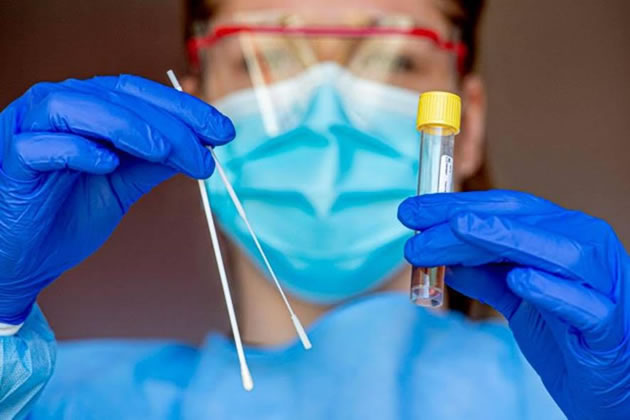Over 100 Untested Patients Discharged into Care Homes
West London hospitals were only testing those in contact with infected person

Twelve per cent of in-patients discharged from West London hospitals to care homes at the height of the coronavirus pandemic had tested positive for coronavirus.
Overall Imperial College NHS Trust discharged 185 patients into care homes between March 1 and April 15 – at the peak time for fatalities from the virus.
And just 57 were tested – with 22 getting a positive diagnosis and 34 tested negative, according to hospital data.
This followed government guidance for testing at the time. It said only those people who were in contact with someone who tested positive for the illness should get a test.
At Charing Cross Hospital, just 27 – or one third – of those discharged to care homes got tested for the virus. Another 50 did not get tested at all. Just nine patients tested positive for coronavirus.
And at St Mary’s Hospital in Paddington, 12 patients were diagnosed with the virus out of the 27 who got tests before they were discharged. Another 46 people were not tested.
There was one positive result out of three tests. A further 26 people were not tested before they went to care homes.
And there were no tests among patients at Western Eye Hospital and Queen Charlotte’s and Chelsea Hospital who went to care homes during the same period.
The data released after a Freedom of Information request by the Local Democracy Reporting Service does not disclose where the care homes are.
According to government figures, 20,000 care home residents in England and Wales died from coronavirus.
An Imperial spokesman said: “During this period at the beginning of the pandemic, in line with national guidance, we were generally testing only those inpatients who had had a contact with a confirmed case of Covid-19. Patients who tested positive would have been expected to be kept isolated for at least seven days post symptoms.
“Through existing relationships with many local care homes, our staff were also enabling some ad hoc testing where possible as well as providing other types of support such as advising on the use of personal protective equipment and other infection prevention and control measures. We expanded our support as we were able to, moving to test all patients discharged to care homes prior to discharge in line with revised national guidance issued on 15 April.”
April 8 saw the highest number of deaths in the UK during the pandemic – which claimed the lives of 1,445 that day.
Ben Coleman, Hammersmith and Fulham’s cabinet member for health and adult social care said he was not surprised by the figures.
He said the data released under Freedom of Information rules “starkly shows why we shut care homes in Hammersmith and Fulham at the end of March as the Government was insisting hospitals should discharge patients back into care homes without testing them first. We were concerned that was endangering people’s lives.”
The council, public health experts and Imperial joined together to test staff and residents in the borough’s four care homes throughout April and May to understand more about the virus.
And in August it shut care homes to new residents until it was sure staff without any symptoms could get tested.
Staff are tested once a week, with tests every four weeks for residents.
“We are moving heaven and earth to test our staff,” said Councillor Coleman.
Julia Gregory – Local Democracy Reporter
September 22, 2020